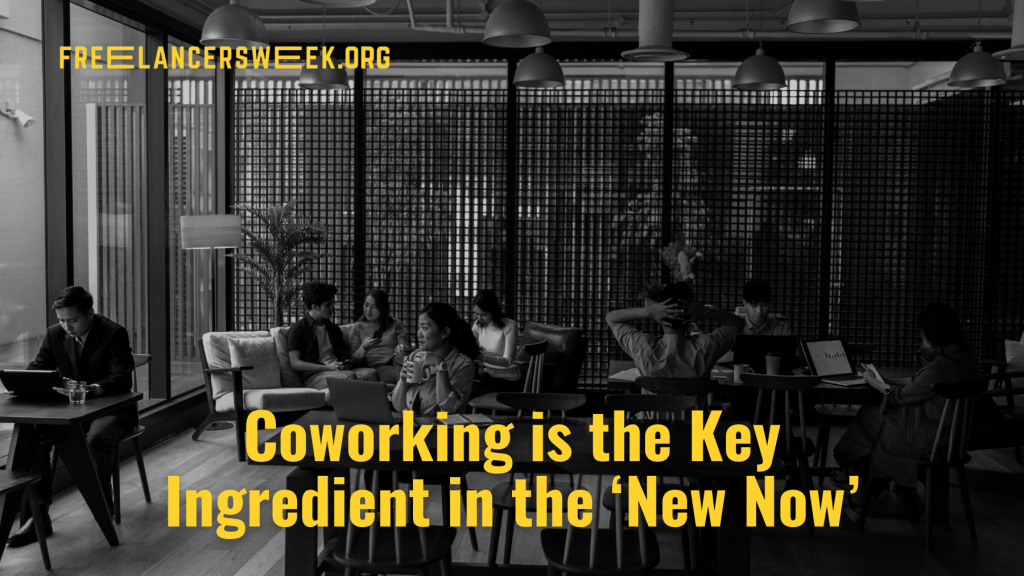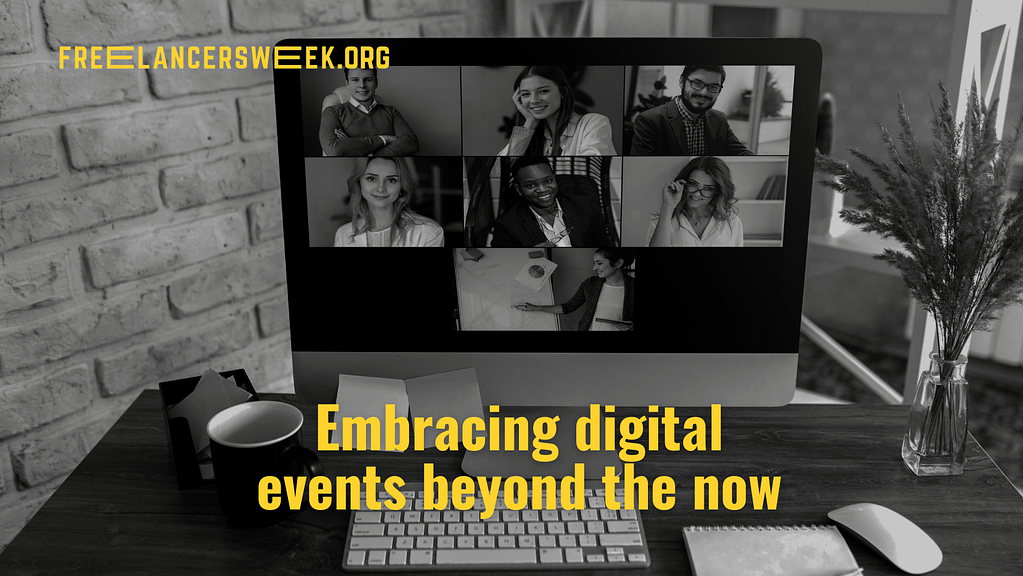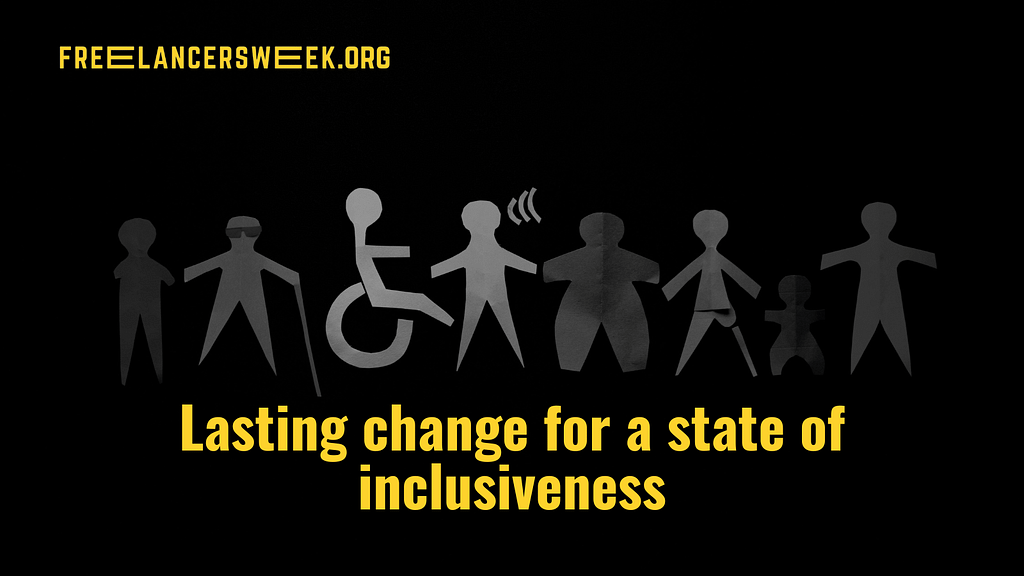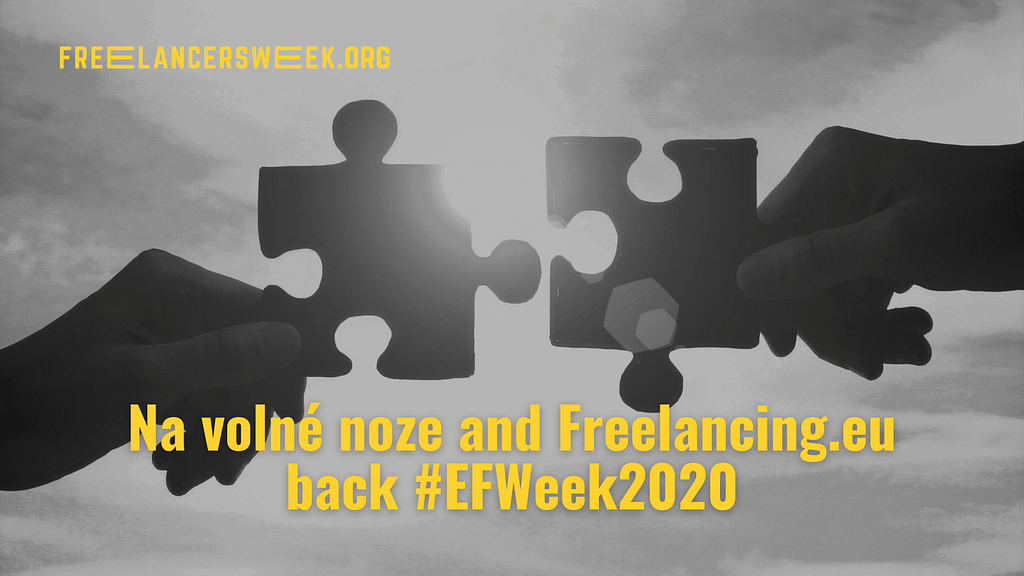The economic downturn due to Covid-19 experienced worldwide left no one unaffected in 2020. But as the pandemic continues to fluctuate we are at the point where we can no longer wait, we have to move forward for the sake of our businesses, and perhaps for our sanity.
We have to find a way to work, keep the economy going, keep the revenue coming in while also being aware of our mental well-being, the financial health of a business and the future sustainability of working environments amid these trying times. Businesses can no longer operate how they did as little as two years ago.
The pandemic hasn’t all been negative on the world of work. Productivity, in some senses, can be shown to have increased. Remote workers and employees have proved that WFA (work from anywhere) models can replace the exclusive WFO (work from office) model. As we’re navigating this new way of working, the stand-alone role of traditional office space comes into question. The corporate office has a vital role to play, but it will no longer be the sole workplace for an organisation. So what other factors can support this new arrangement?
The answer is clear
Coworking activates distributed workspaces, whether it be in rural areas, the doughnut around a city or even in the heart of the city itself – it has the ready-made ingredients for companies and people who do not want to venture back to the distant corporate office and who want to be part of this changing landscape. The reasons we all know – wasted time on the commute, mitigating a higher risk environment, while for companies it could be a downsizing exercise—– instead of satellite offices, coworking spaces have the infrastructure readily available.
Coworking can be a key ingredient in how we build back better. For anyone who has truly experienced the energy and witnessed the human-centric nature of coworking — it leaves you feeling electric, as if you can go out and achieve anything you put your mind to.
The coworking ecosystems also have the power to drive and define how corporate workspaces evolve. Coworking spaces innately come with this melting pot of creativity, innovation and solidarity, but also qualities like diversity, sustainably, mindfulness, ambition and an entrepreneurial spirit. Corporate employees who migrate to coworking in order to work nearer to home will imbibe these values and transfer them in expectations to the corporate organization.
In coworking, you are less limited to whom you work with while opportunities outside your organization are par for the course. A corporate individual and organization exposed to these elements become infused by what happens here.
Coworking will continue to drive change
As our work/life mix evolves post COVID, people will increasingly work for more than one company. This necessitates a mixed-tenancy mixed-use environment, the likes of which can’t easily be found within a corporate structure.
Coworking spaces have the ability to be agile and dexterous with a vibrant internal community and learning environment for everyone who participates in them. They also often have a strong element of connection to the nearby local community. This drives social innovation and experimentation. As our life expectancy increases, and we work longer, these environments will be among the first to evolve the tools required to support a longer healthy life.
Organizations seeking to transform their working environment mix will need to go about it in a smart way— finding layers of intelligence that knit their dispersed employees together. Technology that allows colleagues to see where other employees are so that collaboration and gathering together can still happen without hassle will be valued. People are attracted to communities who celebrate entrepreneurism, who are ethical, inclusive and moral. And according to a recent article, the global coworking spaces market forecast size is set to be around $11.52 billion by the year 2023. Coworking will without a doubt drive the next generation of workers, jobs and workspaces, and the role it plays now is already starting this evolution.





